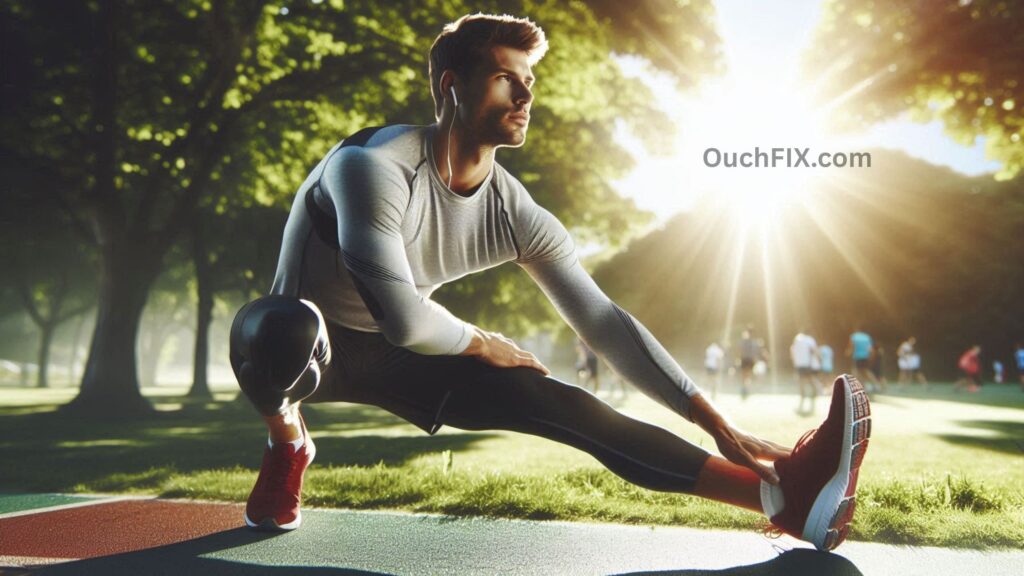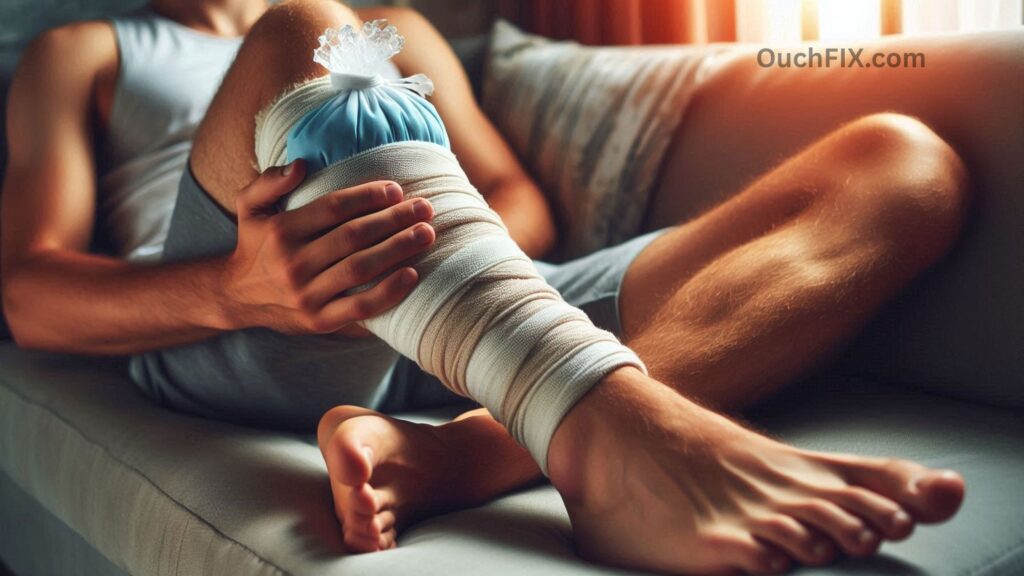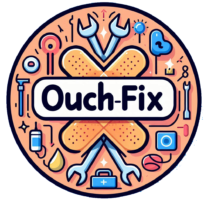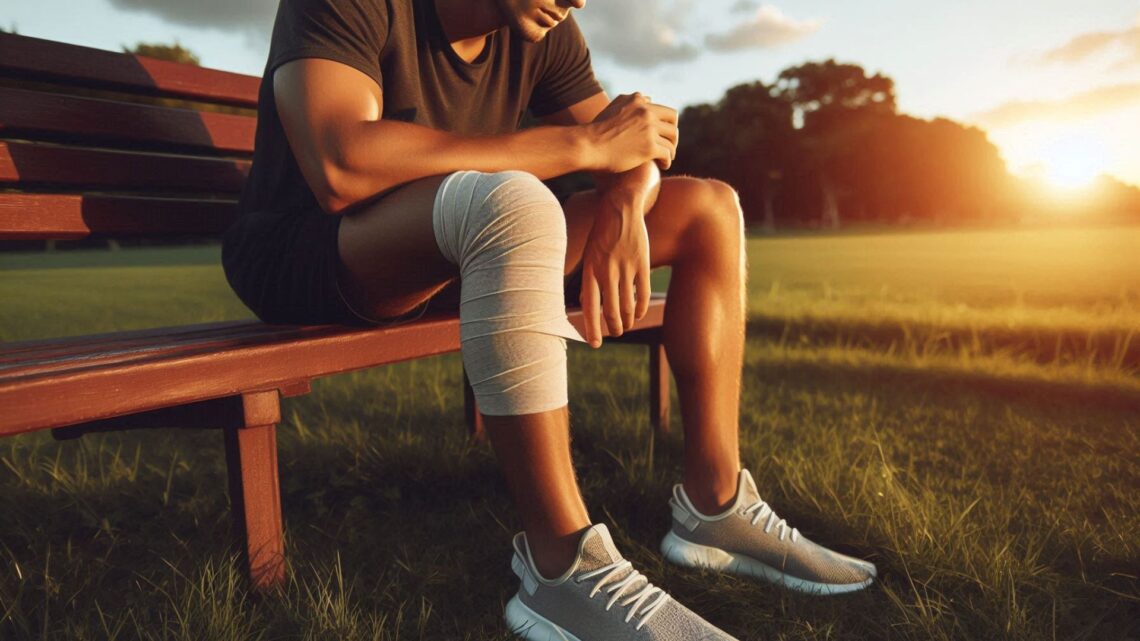Sports injuries are an unfortunate but common part of an active lifestyle. Whether you’re a weekend warrior, a professional athlete, or someone who enjoys recreational sports, getting hurt can disrupt your life and make even simple daily activities challenging. The good news? Recovery doesn’t have to be long and painful if you take the right steps early and follow a structured approach.
Dr. Gowreeson Thevendran, an orthopaedic sports surgeon at Mount Elizabeth Novena Hospital, emphasizes that the key to faster recovery is early intervention and a focused plan. In this article, we’ll explore practical, natural methods to speed up recovery, prevent future injuries, and help you get back to your best performance.
Tips to Prevent Sports Injuries
Prevention is always better than cure. Most sports injuries are avoidable with proper preparation. Here’s how to protect your body before, during, and after physical activity:

- Warm Up Properly: Spend 5–10 minutes on light cardio followed by dynamic stretches to prepare muscles and joints for movement.
- Follow a Balanced Fitness Routine: Include a mix of cardio, strength training, and flexibility exercises. This improves overall body resilience.
- Alternate Muscle Groups: Avoid overworking the same muscles daily. Switching workouts prevents overuse injuries.
- Cool Down: A post-activity cool-down with stretching is crucial. It should last at least twice as long as your warm-up.
- Use the Right Equipment: Proper footwear, protective gear, and well-maintained equipment can significantly reduce the risk of injuries.
- Learn Safe Techniques: Correct form in sports movements lowers stress on muscles and joints.
- Rest and Recovery: Listen to your body. Pushing through pain can worsen injuries.
Expert Tip: Athletes who incorporate proprioception and balance exercises—like single-leg stands or stability ball workouts—often experience fewer sprains and strains.

Also Read: What Recovery Techniques Reduce Muscle Soreness Effectively?
How to Treat a Sports Injury: The RICE Method
If you do sustain an injury, the RICE method is the first line of defense. It stands for Rest, Ice, Compression, and Elevation and helps reduce swelling, control pain, and kick-start healing.

Step 1: Rest
Immediately stop the activity and rest for at least the first 48 hours. Avoid putting weight on the injured area to prevent further damage.
Step 2: Ice
Apply an ice pack wrapped in a thin towel for 15–20 minutes every 2–3 hours during the first two days. If you don’t have an ice pack, a bag of frozen peas works just as well.
Step 3: Compression
Use an elastic bandage to wrap the injured area snugly. Ensure it’s not too tight—your circulation should remain normal. Loosen the bandage if your skin turns blue or feels numb.
Step 4: Elevation
Raise the injured body part above heart level whenever possible. A pillow can help maintain elevation and reduce swelling and pain.
Pro Tip: Some studies suggest that alternating ice with gentle heat after the first 48 hours can promote blood flow and speed recovery (Harvard Health).
Let Your Body Heal
Pain is your body’s natural warning system. Ignoring it can turn a minor injury into a chronic issue. During the early recovery phase:
- Use splints or braces if necessary.
- Avoid activities that strain the injured area.
- Prioritize sleep, as it enhances tissue repair and immune function.
Real-world example: A professional soccer player with a minor ankle sprain saw faster recovery by using a supportive brace, resting for 72 hours, and eand elevating the ankle frequently. This allowed him to return to training in a week instead of two.

Also Read: How to Safely Recover from Minor Joint Injuries at Home?
Get a Proper Diagnosis
If your injury hasn’t improved after two weeks, consulting a sports doctor or orthopaedic specialist is crucial.

- Early diagnosis reduces the risk of long-term complications and recurrent injuries.
- Diagnostic tools like X-rays, MRI, or ultrasound can pinpoint the exact issue.
- Understanding the severity helps design a precise rehabilitation plan.
Start Gentle Movement Early
Once swelling and acute pain decrease, controlled movement can accelerate healing. This approach:
- Maintains range of motion, preventing stiffness.
- Strengthens surrounding muscles, supporting the injured area.
- Reduces the risk of future injuries.
Tip: Work with a physiotherapist to develop a personalized exercise plan. Avoid returning to intense sports until full mobility is restored.
Regain Normal Walking and Build Strength
A proper walking pattern ensures balanced weight transfer through your feet, knees, hips, and back. Limping or compensatory movements can lead to secondary injuries.

Strength Training Tips:
- Start with bodyweight exercises like squats, lunges, or calf raises.
- Gradually add resistance bands or weights to rebuild muscle.
- Include balance and stability exercises to prevent future sprains.
Case Study: A runner recovering from a knee ligament strain regained strength faster by combining low-impact cardio, targeted leg exercises, and balance drills over six weeks.
Foods and Supplements That Help Healing
Nutrition plays a pivotal role in recovery. Eating the right foods provides your body with essential building blocks:

| Nutrient | Sources | Benefits |
|---|---|---|
| Protein | Meat, fish, eggs, legumes | Muscle repair and rebuilding |
| Vitamin C | Citrus fruits, leafy greens | Collagen production for tissues |
| Omega-3 | Salmon, walnuts, chia seeds | Reduces inflammation |
| Calcium & Vitamin D | Milk, cheese, yogurt, almonds, sunlight | Strengthens bones and supports tissue repair |
Pro Tip: Hydration is equally important. Adequate water intake helps flush toxins, maintain joint lubrication, and supports overall healing.

Also Read: What Benefits does Physiotherapy Offer in Injury Recovery?
Conclusion and Next Steps
Recovering from a sports injury doesn’t have to be slow or frustrating. By combining prevention strategies, early intervention, proper nutrition, controlled movement, and professional guidance, you can shorten recovery time and reduce the risk of future injuries.

Next Steps:
- Warm up, stretch, and follow safe techniques in every sports session.
- Apply the RICE method immediately if injured.
- Seek a medical diagnosis if symptoms persist.
- Incorporate physiotherapy and targeted exercises.
- Support healing with a nutrient-rich diet.
By taking a proactive approach, you’ll not only recover faster but also strengthen your body to perform better and stay injury-free.
FAQs About Sports Injury Recovery
Q1. How long does it take to recover from a sports injury?
Recovery time depends on the injury type and severity. Minor sprains may take 1–2 weeks, while ligament tears could take months.
Q2. Can I use heat therapy instead of ice?
Ice is recommended for the first 48 hours. After that, heat can improve blood flow and flexibility.
Q3. Are supplements necessary for recovery?
Whole foods should be your primary source of nutrients. Supplements can help if dietary intake is insufficient.
Q4. Is it safe to exercise during recovery?
Yes, but only gentle, controlled movements approved by a physiotherapist.
Q5. Can improper footwear slow recovery?
Absolutely. Wearing supportive, sport-specific shoes reduces stress on injured areas.






